Department of Energy and Electronics
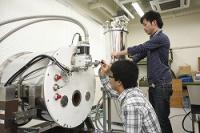
Applied Superconductivity Engineering[KIM Seok Beom (Professor), UEDA Hiroshi (Associate Professor), INOUE Ryouta (Assistant Professor)]
To develop high-efficiency, low-loss power equipment and electrical appliances as a solution to recent energy, environmental and resource problems, we conduct research on (1) fundamental technologies for superconducting equipment, (2) superconductivity measurement methods and analysis and (3) high-temperature superconductivity applications, using leading-edge superconducting materials (high-temperature superconductors, metal Nb3Sn, MgB2, etc.) and techniques.
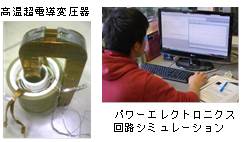
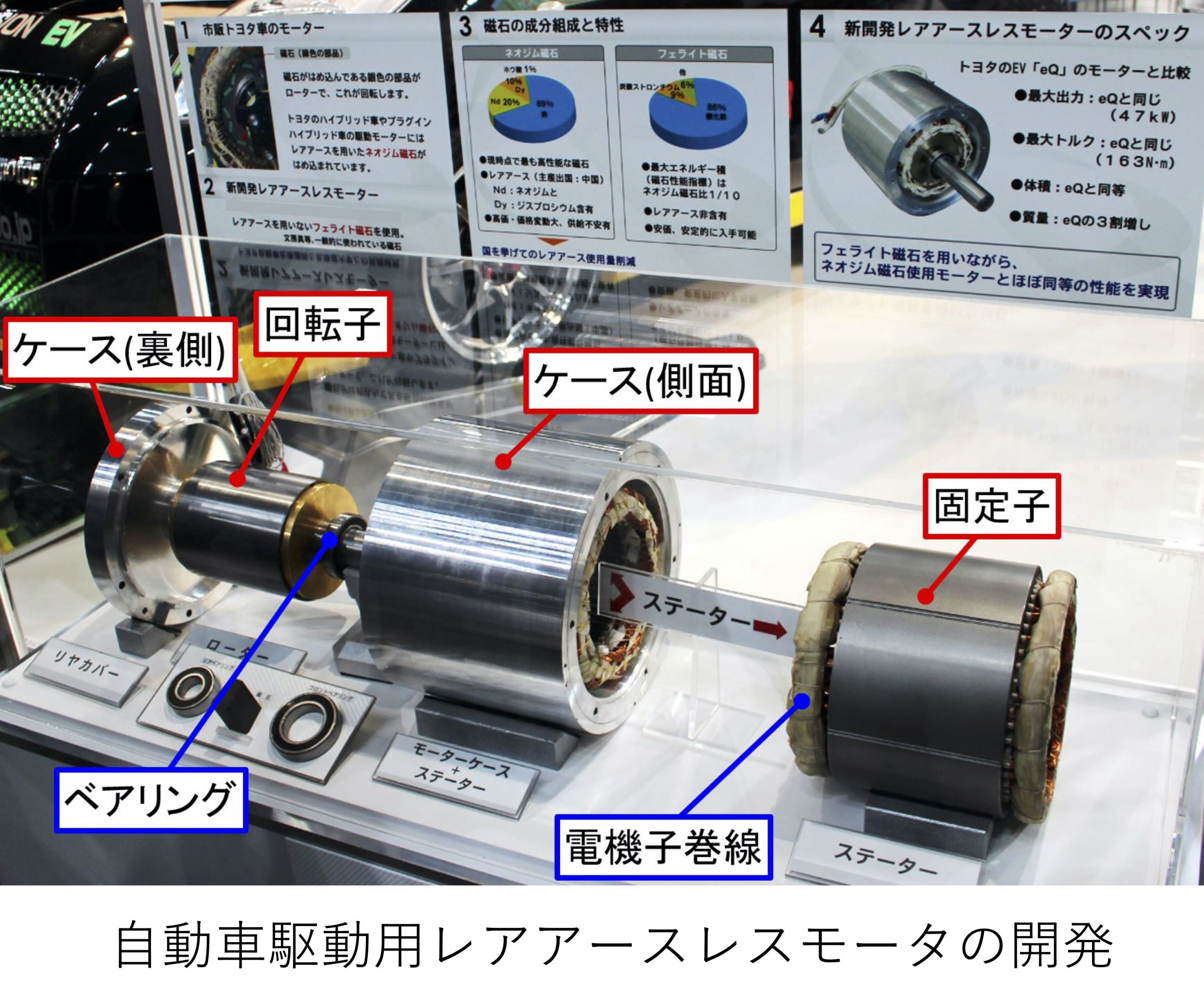
Motor System Engineering, Electronic Control Engineering[TAKEMOTO Masatsugu (Professor), IMAI Jun (Associate Professor) ]
Great attention is given to electrical generating systems that utilize renewable energy and hydrogen asfuture power supplies. We conduct research on novel distributed generation systems with solar cells, fuel cells and energy storage devices and the development of optimization methods for power control systems with energy storage devices by using metaheuristics.We conduct research on state-of-the-art system optimization, control theory and their applications to achieve high functionality of electronic control systems developed in the real world.Beyond basic research achievements, our studies aim to find the best ways to incorporate system control technology into future global society.
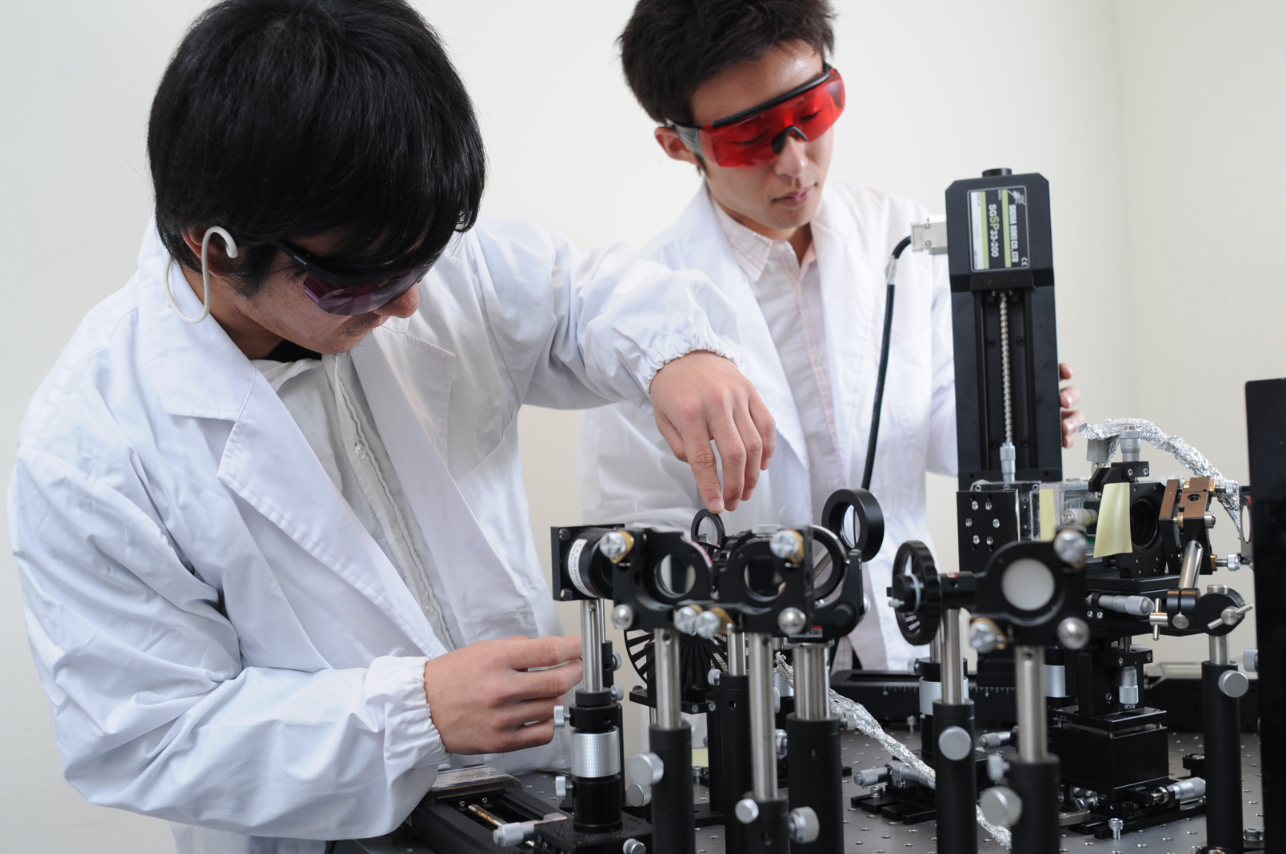
Advanced Electro Measurement Technology [KIWA Toshihiko (Professor), SAKAI Kenji (Associate Professor), WANG Jin (Assistant Professor)]
AEMT lab. contributes to establishing a sustainable society by proposing and developing novel devices and systems based on terahertz system, high-temperature superconductive SQUID system, advanced sensor devices, and magnetic measurement systems, which enable us to preserve the “health” of human bodies, energy systems, and infrastructures.
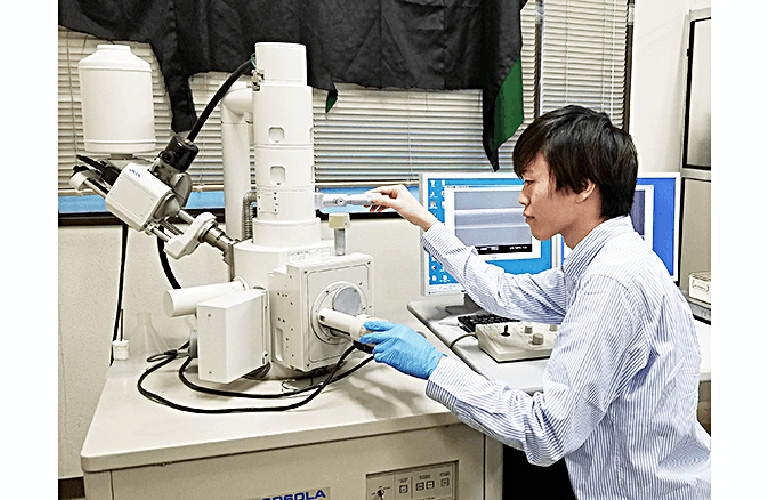
Nanodevice and Materials Engineering[HAYASHI Yasuhiko (Professor), YAMASHITA Yoshifumi (Associate Professor), NISHIKAWA Takeshi (Assistant Professor)]
Semiconductors are used in computers and in solar cells, power conversion devices, sensors, screens, and many other places. In addition to conventional silicon semiconductors, we focus on novel semiconducting nanomaterials such as carbon nanotubes (CNTs) and 2D materials (e.g., transition metal dichalcogenides: TMDCs), which have excellent mechanical flexibility and electrical properties. We conduct a series of research from structure control and design at the nanoscale to practical device scale. Applying nanomaterials to electronic devices enables us to realize the soft devices that match the human body and the environment. We aim to solve social problems such as environmental issues, welfare, and healthcare by innovative nanodevices.
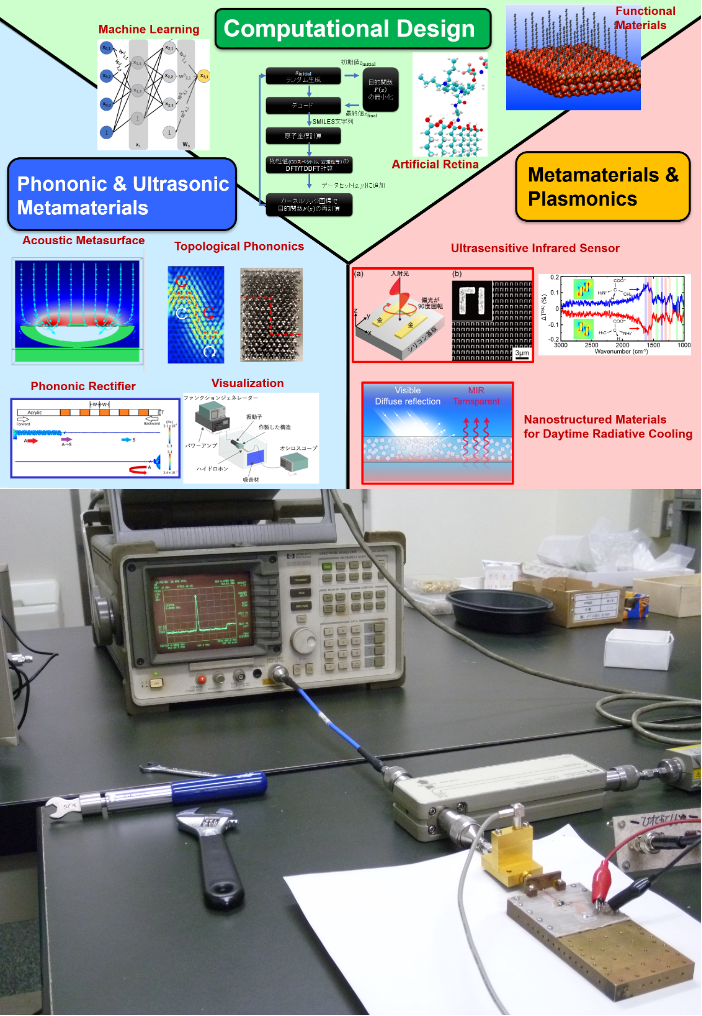
Multiscale Device Design [TSURUTA Kenji (Professor), MISAWA Masaki (Assistant Professor)]
Our aim is to design next-generation electronic and optical devices and propose new underlying principles. We focus on the development of techniques for electron- or atom-level simulation; electromagnetic and sound wave propagation simulation; and large-scale simulation, using parallel computing and networks to determine the properties of electronic and optical materials and develop devices from these materials.
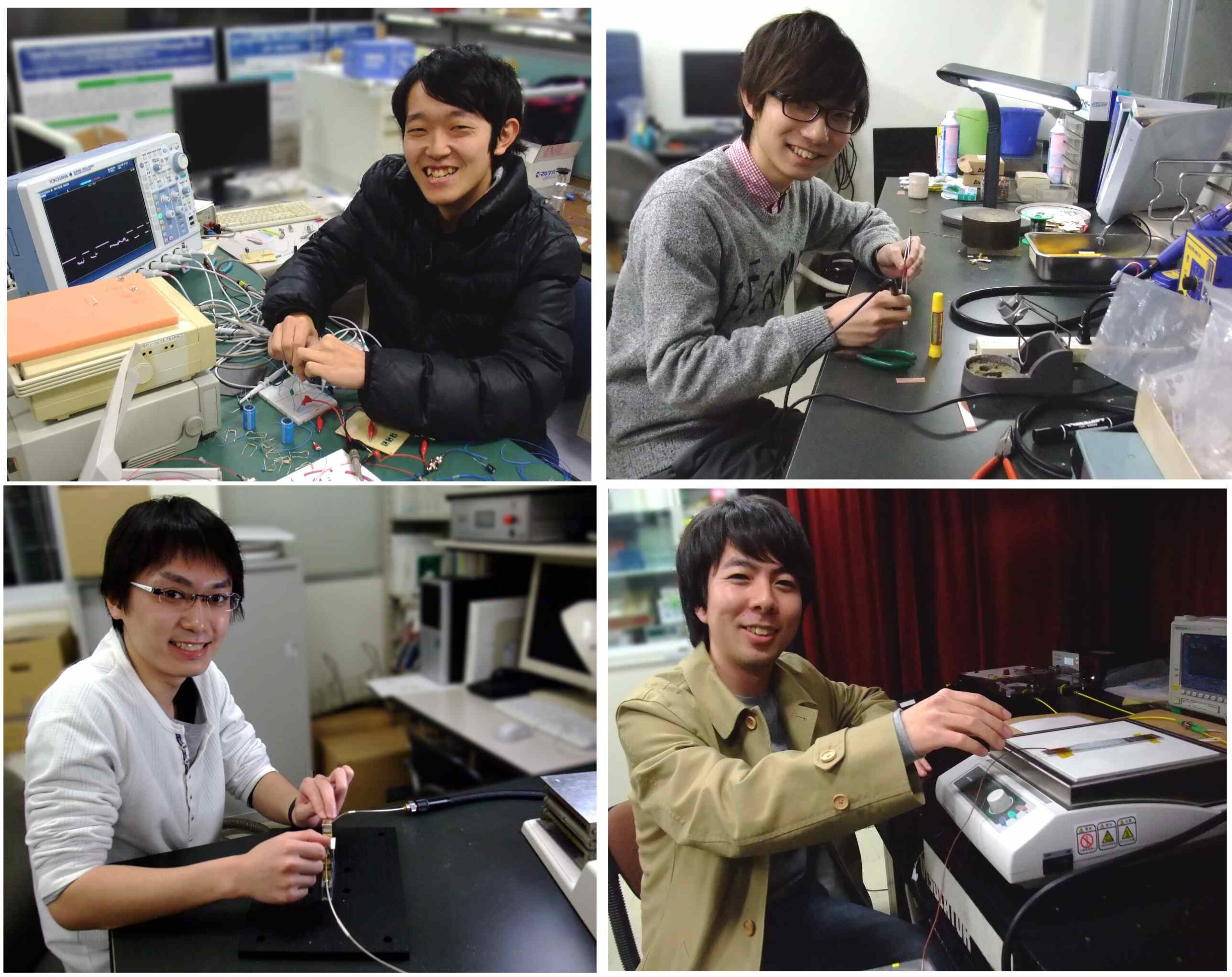
Optoelectronic and Electromagnetic Wave Engineering [FUKANO Hideki (Professor), FUJIMORI Kazuhiro (Associate Professor)
Most information over the Internet and telephone is transmitted via optical communication systems. Optical technology is also used in products such as DVD players and flat TVs, which are ubiquitous in modern society and have become an essential part of many people’s lives. The Optoelectronic Materials and Devices laboratory conducts extensive research ranging from basic studies of optical technology to applied research on the use of optical devices focusing on opto-semiconductor devices designed for highly efficient emission and detection of light. Research results are applied in environmental, medical and energy fields.

